The Ring Cycle (Washington National Opera) ★★★1/2
At any time, Washington, DC would be an apposite place in which to stage Wagner's vast cautionary saga about the devastating effects of greed and lust for power on the human and natural world, but it is excruciatingly so at this moment. On Pennsylvania Avenue, roughly halfway between the White House and the Capitol, is a vast sign which reads COMING 2016: TRUMP. It is, however, not an election poster but a notice that the Donald has leased the semi-derelict nine-storey Old Post Office Pavilion, Washington's second tallest building, and has promised to spend $200 million to turn it into a luxury hotel. In a Trump presidency, if a rainbow bridge were to stretch from the White House to the Trump International Hotel, it would be difficult for the gods to decide at which end was Valhalla.
Continue reading for only $10 per month. Subscribe and gain full access to Australian Book Review. Already a subscriber? Sign in. If you need assistance, feel free to contact us.



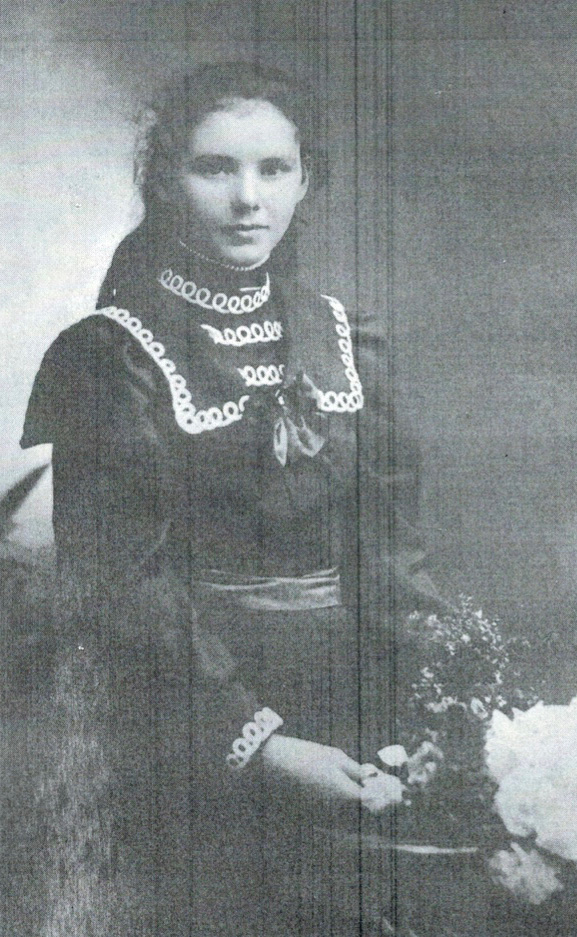
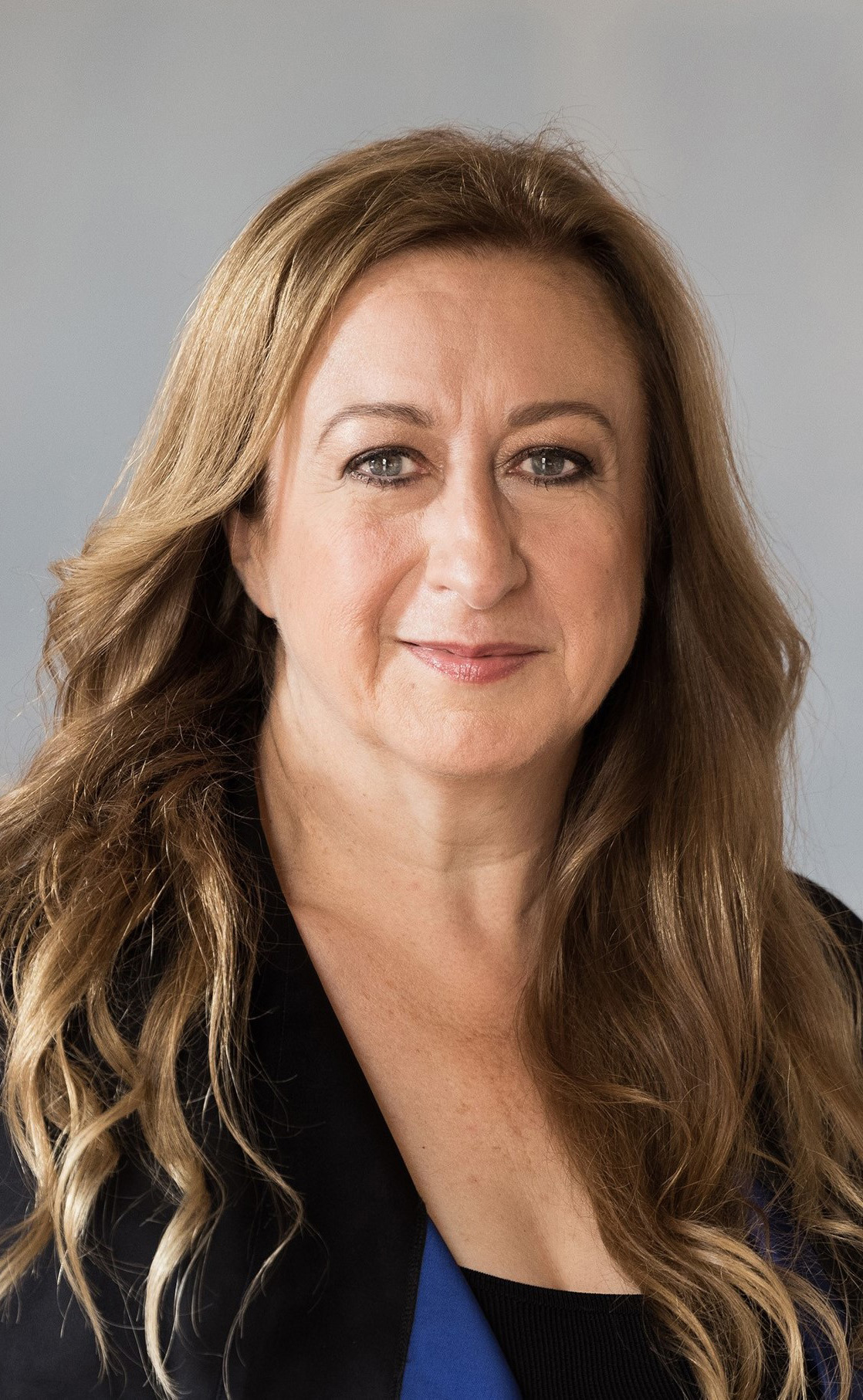
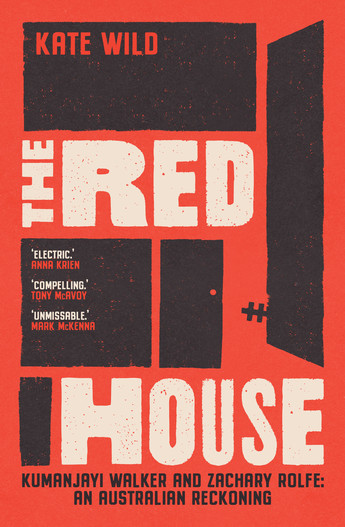
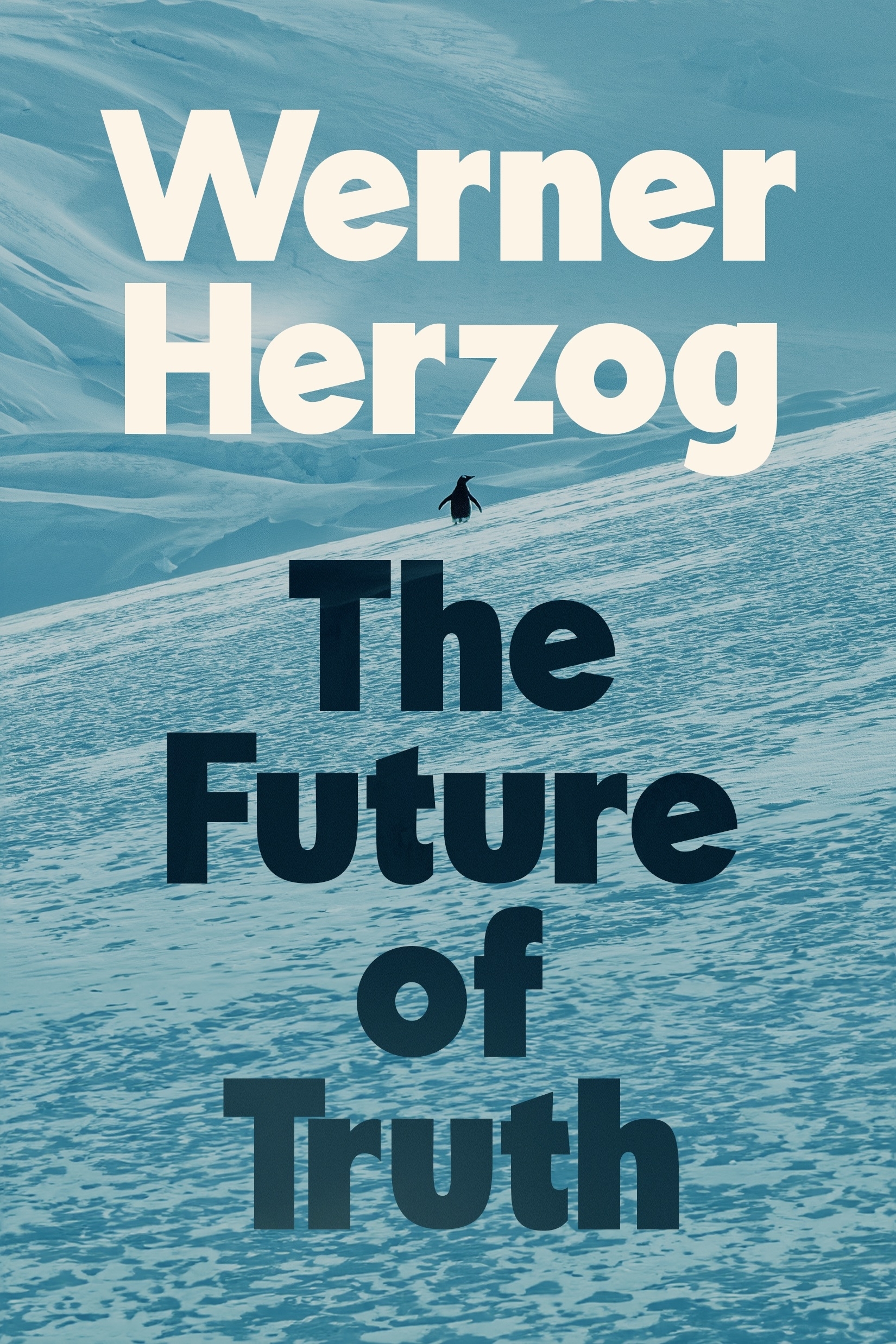
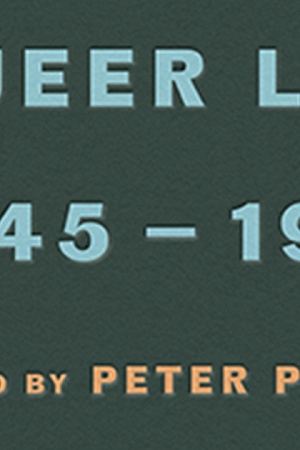
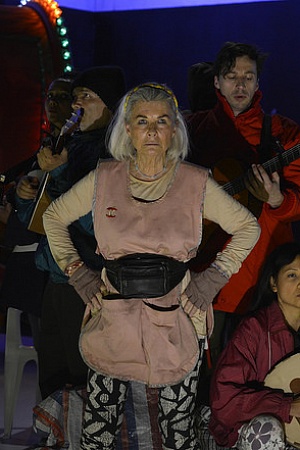
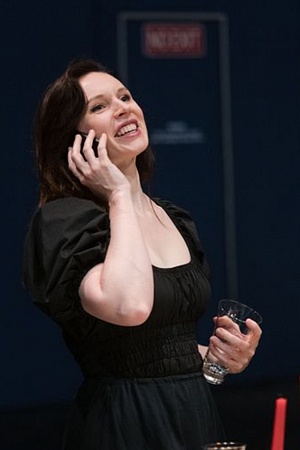
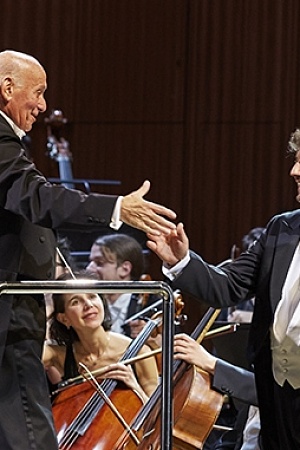
Leave a comment
If you are an ABR subscriber, you will need to sign in to post a comment.
If you have forgotten your sign in details, or if you receive an error message when trying to submit your comment, please email your comment (and the name of the article to which it relates) to ABR Comments. We will review your comment and, subject to approval, we will post it under your name.
Please note that all comments must be approved by ABR and comply with our Terms & Conditions.